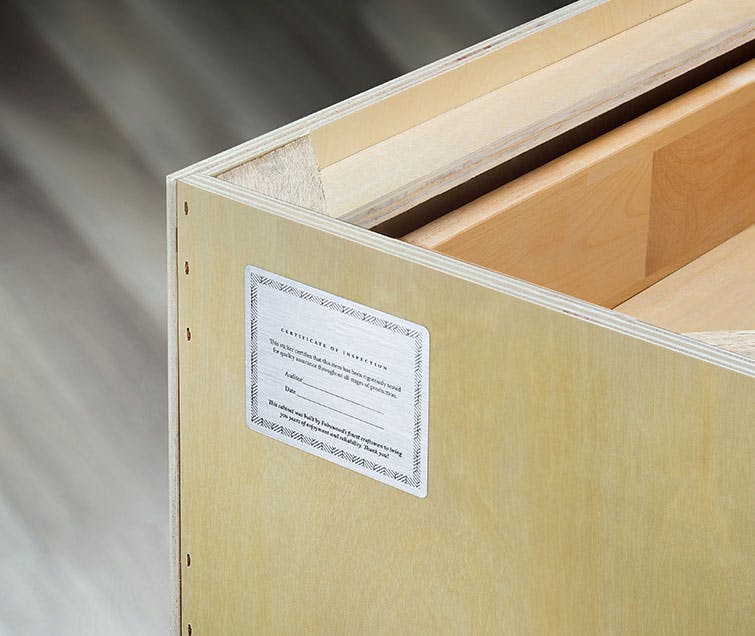A stronger cabinet.
A stronger cabinet.
Greater wood. Stronger construction. No Compromise.
What exactly defines a Q12™ cabinet? To fully achieve Q12™ eligibility, a cabinet must meet twelve unique standards of quality. Learn more about the twelve fundamental pillars that establish the Q12™ qualification.
Quality Sourced Lumber
Quality Sourced Lumber
This Q12 standard requires the use of carefully selected top-grade lumber, guaranteeing the finest and most dependable kitchen cabinets. To meet this requirement, a cabinetry company must implement a rigorous inspection process to assure that only first-class products are built.

Pro Touch Technique
Pro Touch Technique
To fully permeate a Q12 assessment, expert finishing methods are required to heavily influence first impressions and assure a lasting finish that is easy to maintain. A cabinet finished with paints or stains from renowned brands will create a durable, simple to clean product that will hold its beauty for years.
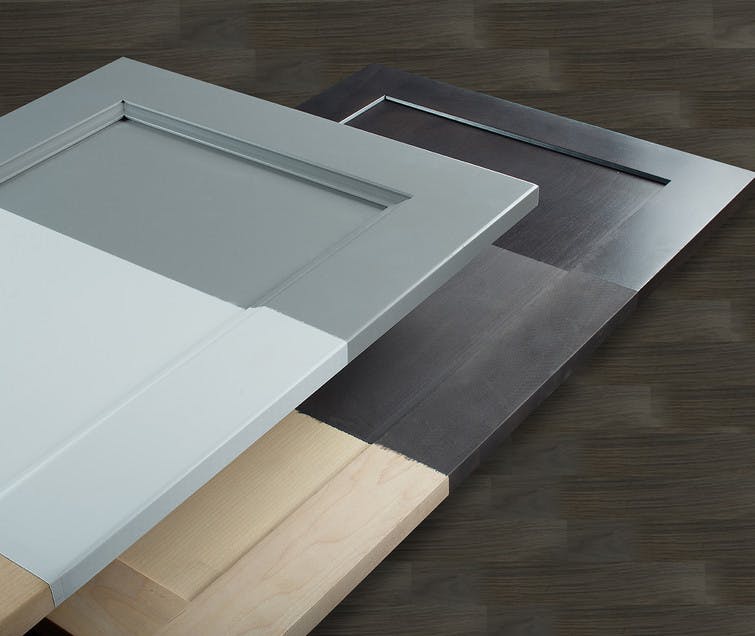
Dovetail Construction
Dovetail Construction
Another important facet of Q12 is the required use of dovetail construction for a build that is secure, strong and long-lasting. This process involves plywood side panels that perfectly interlock with a solid wood face frame through corresponding dovetail grooves.

Anti-Warp Structures
Anti-Warp Structures
The anti-warp component involves the use of plywood panels comprised of rigid reinforcement beams. By applying the beams with a dovetail construction technique to secure all components, a cabinet meets this standard ensuring a strong, reliable build that is resistant to distortion.
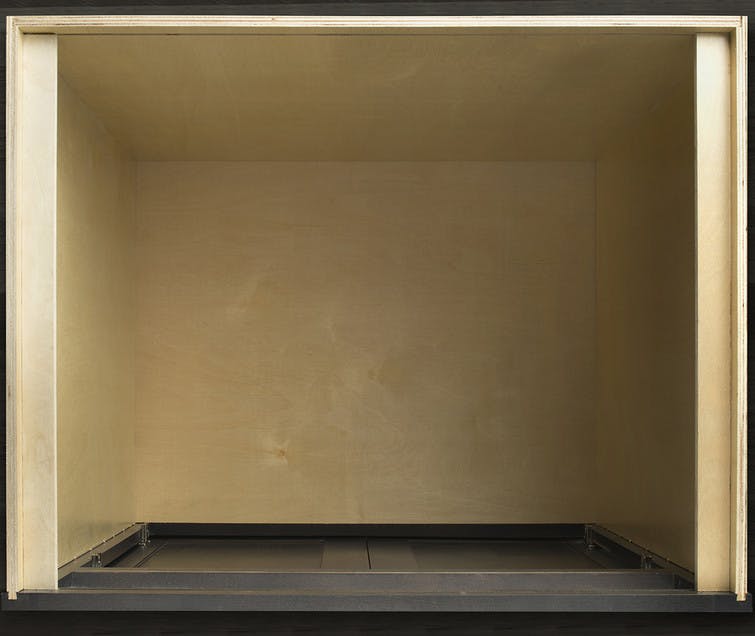
Metal Shelf Clips
Metal Shelf Clips
To maintain a maximum level of stability that preserves a shelf’s longevity, these metal shelf clips assure sturdiness and durability. With this feature your shelves are sure to stand the test of time.
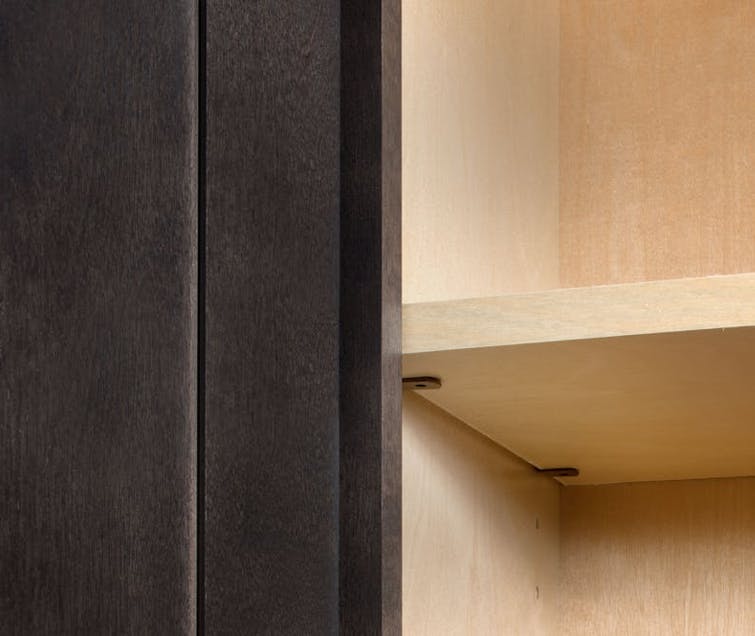
Solid Back Builds
Solid Back Builds
For superior structural longevity, this Q12 feature requires that the back of a cabinet is constructed from one piece of solid half-inch plywood. To fulfill this standard, a company should manufacture cabinet backs with a strong and single piece of plywood ensuring durable strength and dimensional stability.

Flush Fit Frames
Flush Fit Frames
In order to be considered Q12 compliant, a cabinet must have flush inner frames that provide an attractive appearance while giving added dimension to the internal area. A Q12 cabinet line must display prime craftsmanship with flat surface top and bottom interior planes that result in convenient and practical usage.
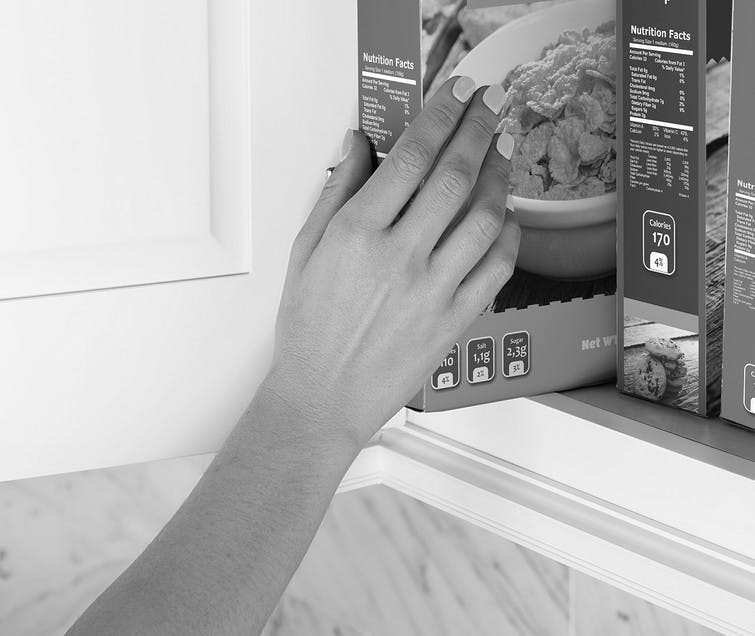
Finished Interiors
Finished Interiors
Treated and finished cabinet interiors are another significant feature of Q12 as they produce a clear statement of quality and attention to detail. As opposed to manufacturing with an applied lining, top treatment techniques create a refined and durable design that is free of bubbling, peeling and chipping.
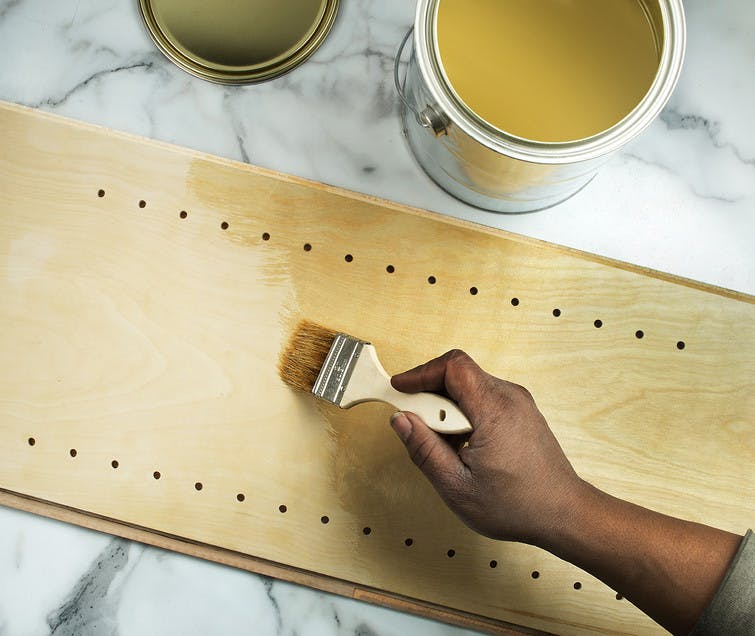
Soft-Closing Action
Soft-Closing Action
Another great characteristic of the Q12 qualification is the use of compact hinges with built-in, soft-close mechanism. Using the smooth-running capability and soft closing action of Blum’s tandem plus blumotion hinges, provides an impeccably gentle and fluid cabinet function.
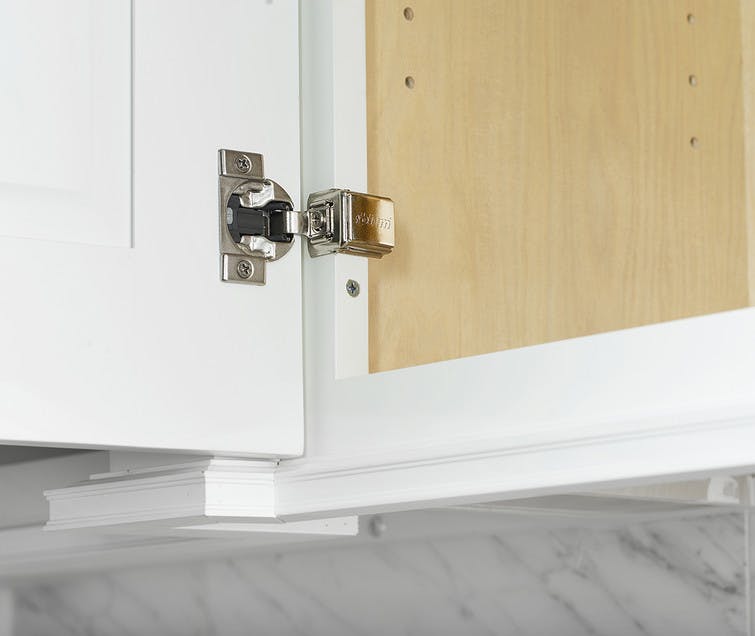
Fluid Full-Extension
Fluid Full-Extension
Cabinets built with smooth full-extension glides guarantee an enhanced running action that maximizes storage to its full capacity and ensures Q12 eligibility. Cabinets manufactured with Blum’s tandem plus runners and soft-closing technology, precisely utilize space while also preventing damage and depreciation.
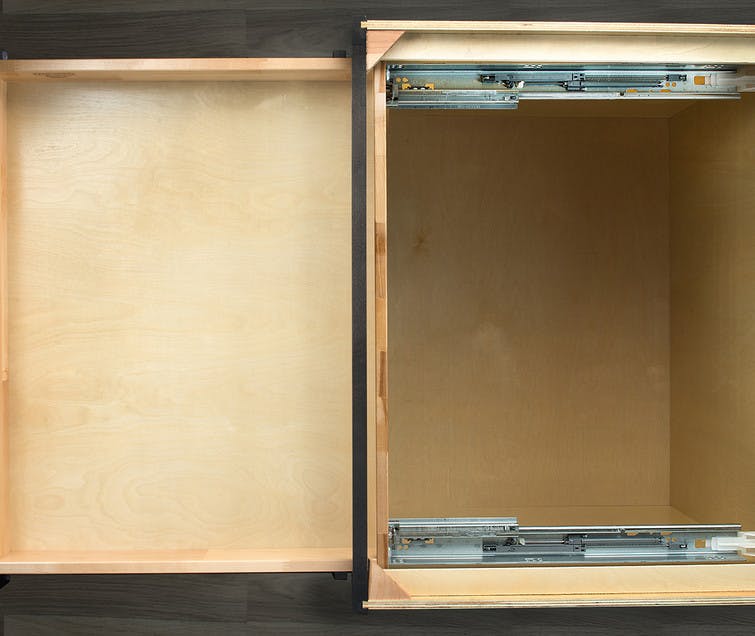
Ez Level Drawer Fronts
Ez Level Drawer Fronts
To ensure proper door alignment and function, a Q12 cabinet requires an effortless system utilizing a degree of mechanical precision for installing perfectly positioned drawer faces. Using circular discs that allow for easy 3/8” adjustments in any direction, result in a Q12 cabinet that achieves an aesthetically graceful balance.

Sealed Signature
Sealed Signature
The final Q12 metric requires a thorough review at each manufacturing stage to ensure the completed product meets the provisions specified in the quality assurance system. Upon factory exit, a stamp of approval is given to show a company’s commitment to quality control from the very first level of Q1 to the final Q12 stage, thus guaranteeing a superior and immaculate end product.
